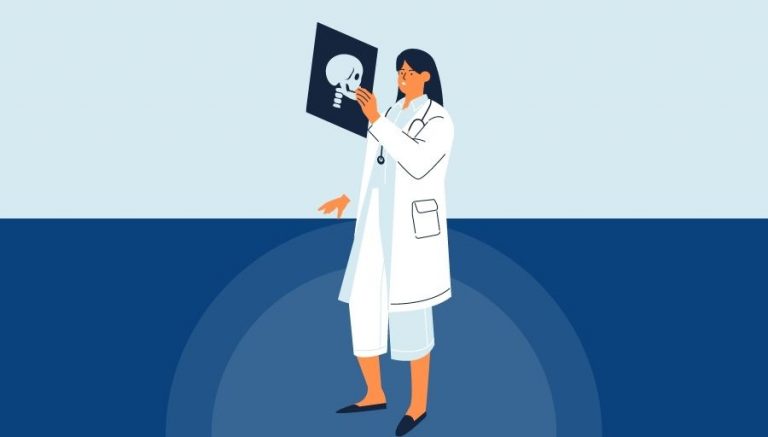How To Use CPT Code 84376
CPT 84376 describes the analysis of a single sugar or saccharide in a patient’s urine or stool specimen. This article will cover the description, procedure, qualifying circumstances, appropriate usage, documentation requirements, billing guidelines, historical information, similar codes and billing examples.
1. What is CPT Code 84376?
CPT 84376 can be used to report the analysis of a single sugar or saccharide in a patient’s urine or stool specimen. This code is used when a lab analyst performs the necessary steps to determine the presence of a specific sugar or saccharide in the specimen. The test may involve colorimetry or other methods to measure the amount of color produced after a chemical reaction, indicating the presence of the sugar in the specimen.
2. Official Description
The official description of CPT code 84376 is: ‘Sugars (mono-, di-, and oligosaccharides); single qualitative, each specimen.’
3. Procedure
- The lab analyst receives a urine or stool specimen from a patient.
- The analyst performs the necessary technical steps to mix the specimen with specific substances to determine the presence of a single sugar or saccharide.
- The test may use colorimetry or other methods to measure the amount of color produced after a chemical reaction, indicating the presence of the sugar in the specimen.
- The analyst records the results of the analysis for each specimen tested.
4. Qualifying circumstances
CPT 84376 is typically ordered by clinicians to evaluate patients for disorders of carbohydrate metabolism. This test helps determine if a patient has difficulty digesting certain sugars, such as lactose or fructose. The inability to absorb these sugars properly can lead to symptoms such as diarrhea and fluid imbalance. The test is performed on urine or stool specimens, and the presence of unabsorbed sugars may also be referred to as reducing substances.
5. When to use CPT code 84376
CPT code 84376 should be used when a lab analyst performs the analysis of a single sugar or saccharide in a patient’s urine or stool specimen. This code is appropriate for each specimen tested. It is important to note that this code is specifically for qualitative analysis, indicating the presence or absence of the sugar, rather than quantitative analysis, which measures the amount of the sugar present.
6. Documentation requirements
To support a claim for CPT 84376, the documentation should include:
- Patient information and specimen source (urine or stool)
- Specific sugar or saccharide being analyzed
- Date of the analysis
- Results of the analysis, indicating the presence or absence of the sugar
- Signature of the lab analyst performing the analysis
7. Billing guidelines
When billing for CPT 84376, ensure that the analysis is performed by a lab analyst and that the code is reported for each specimen tested. It is important to note that CPT code 84376 is not typically reported with other codes.
8. Historical information
CPT 84376 was added to the Current Procedural Terminology system on January 1, 1999. There have been no updates or changes to the code since its addition.
9. Examples
- A lab analyst performs the analysis of a single sugar in a patient’s urine specimen to determine if they have lactose intolerance.
- The lab analyst tests a stool specimen for the presence of a specific saccharide to evaluate a patient for a disorder of carbohydrate metabolism.
- A urine specimen is analyzed by a lab analyst to determine if a patient has difficulty digesting fructose.
- The lab analyst performs the analysis of a single sugar in a patient’s stool specimen to assess their ability to absorb certain sugars.
- A urine specimen is tested by a lab analyst to determine if a patient has an intolerance to a specific sugar.
- The lab analyst analyzes a stool specimen to evaluate a patient for a disorder involving the inability to digest certain sugars.
- A lab analyst performs the analysis of a single sugar in a patient’s urine specimen to assess their ability to absorb a specific saccharide.
- The lab analyst tests a stool specimen for the presence of a particular sugar to evaluate a patient for a disorder of carbohydrate metabolism.
- A urine specimen is analyzed by a lab analyst to determine if a patient has difficulty digesting a specific saccharide.
- The lab analyst performs the analysis of a single sugar in a patient’s stool specimen to assess their ability to absorb a particular sugar.



